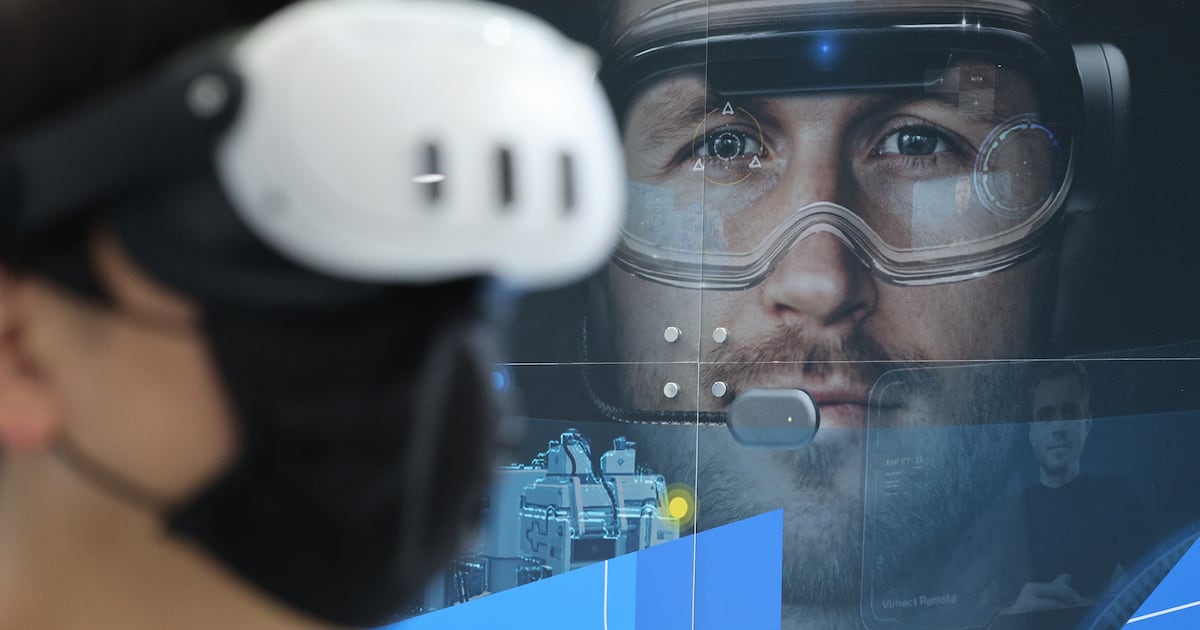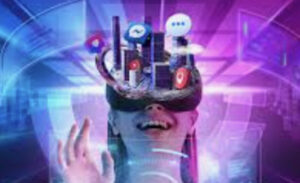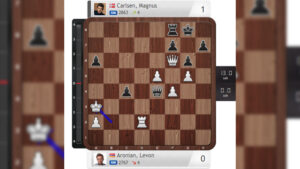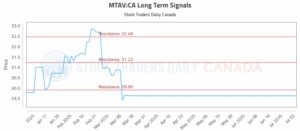Sungkyunkwan University Unveils Vibrating Haptic Patch for Metaverse Touch

Sungkyunkwan University Unveils Innovative Haptic Patch for Enhanced metaverse Experiences
Introduction to Next-Generation Haptic Technology
Sungkyunkwan University has made significant strides in the realm of haptic technology, introducing a groundbreaking vibrating patch designed to elevate tactile interactions within the metaverse. This advancement promises to create a more immersive experience for users by simulating realistic touch sensations.
- Introduction to Next-Generation Haptic Technology
- The Significance of Haptic Feedback in Virtual Environments
- Enhancing User Engagement
- Applications Across Various Sectors
- Technical Aspects of the Haptic Patch
- Design and Functionality
- Future Developments and Research
- Conclusion: The Future of Immersive Technology
The Significance of Haptic Feedback in Virtual Environments
Enhancing User Engagement
The development of this vibrating haptic patch aims to bridge the gap between virtual and physical realities. By providing users with tactile feedback, the technology enhances engagement, making virtual interactions feel more authentic and relatable.
Applications Across Various Sectors
This innovative technology has the potential to revolutionize multiple industries, including gaming, education, and healthcare. By integrating realistic touch sensations, it can improve training simulations, gaming experiences, and even therapeutic practices.
Technical Aspects of the Haptic Patch
Design and Functionality
The haptic patch is designed to be lightweight and user-friendly, allowing for easy integration into various devices. Its advanced vibrating mechanism is capable of delivering a range of sensations, from gentle touches to more intense vibrations, catering to diverse user needs.
Future Developments and Research
Sungkyunkwan University is committed to further research and development in this field. Future iterations of the haptic patch may include enhanced features, such as adaptive feedback based on user interactions, paving the way for even more sophisticated virtual experiences.
Conclusion: The Future of Immersive Technology
As Sungkyunkwan University continues to innovate in haptic technology, the implications for the metaverse are profound. This vibrating patch not only enhances the realism of virtual environments but also sets the stage for future advancements in how we interact with digital spaces. The potential applications are vast, promising to transform user experiences across various domains.







